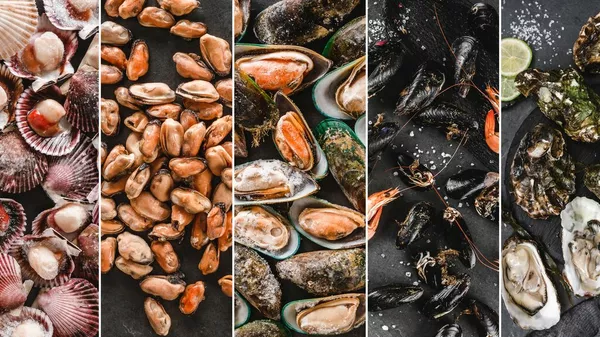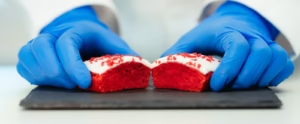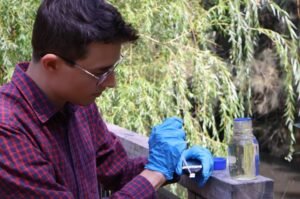Saturday, 17 January 2026
Research says Vibrio bacteria in seafood expected to increase
EFSA’s experts analysed the possible effects climate change could have on a wide range of food safety-related issues, including Vibrio bacteria in seafood The prevalence of Vibrio in seafood is expected to increase both globally and…

EFSA’s experts analysed the possible effects climate change could have on a wide range of food safety-related issues, including Vibrio bacteria in seafood
The prevalence of Vibrio in seafood is expected to increase both globally and in Europe because of climate change, especially in low-salinity or brackish waters, according to the European Food Safety Authority’s (EFSA) latest assessment. Additionally, resistance to last-resort antibiotics is increasingly found in some Vibrio species.
EFSA’s scientists have assessed the public health aspects of Vibrio spp. related to the consumption of seafood. Vibrios are aquatic bacteria that can be found in seafood. Some strains are pathogenic and can cause gastroenteritis or severe infections. In a previous report (CLEFSA), EFSA’s experts analysed the possible effects climate change could have on a wide range of food safety-related issues, including Vibrio bacteria in seafood.
Vibrios are waterborne bacteria that mainly live in marine coastal waters and brackish areas (where rivers meet the sea) and thrive in temperate and warm waters with moderate salinity. They can cause gastroenteritis or severe infections in humans consuming raw or undercooked seafood/shellfish, such as oysters. Contact with water containing Vibrios can also cause wound and ear infections.
Due to an increase in extreme weather events, like heatwaves, over the past 20 years, Europe has seen a rise in Vibrio infections. Warmer coastal waters have led to an expansion of areas where Vibrio bacteria can multiply, resulting in a higher risk of infections from consuming contaminated seafood. Regions particularly at risk include those with brackish or low-salinity waters (e.g., the Baltic Sea, Baltic and North Sea transitional waters, and the Black Sea) and coastal areas with large river inflows.
In EFSA’s recent assessment, experts anticipate that the occurrence and levels of Vibrio in seafood will increase globally and in Europe, especially in low-salinity/brackish waters, due to the effects of climate change, such as coastal warming and extreme weather events like heatwaves.
To prevent and control Vibrio in seafood, maintaining the cold chain during processing, transportation, and storage is crucial, particularly for seafood intended to be consumed raw. Possible measures to reduce Vibrio are high-pressure, irradiation and (flash) freezing followed by long-term frozen storage. Depuration, which involves placing live molluscs in tanks with clean, circulating seawater to filter out microbes, is recommended under controlled conditions for live oyster consumption. Recommendations for consumers include ensuring proper handling and cooking of seafood and avoiding consumption of raw or undercooked products, especially for vulnerable individuals.
Technology
Bringing PFAS testing to the point of need
Jan 16, 2026 | Australia
Study finds Magtein enhances memory, reaction time and heart health markers
Jan 15, 2026 | Company News
Walmart and Google turn AI discovery into effortless shopping experiences
Jan 15, 2026 | Company News
Food Testing
Bringing PFAS testing to the point of need
Jan 16, 2026 | Australia
IMCD opens a Food & Nutrition Laboratory in Cologne
Jan 08, 2026 | Company News
La Trobe University Develops Portable Biosensor to Detect PFAS in Water
Jan 08, 2026 | Australia
More Popular
Amar Pure Gold to invest Rs 250 Cr in Agro-Food Park in Himachal Pradesh
Jan 16, 2026 | Company News
Franke launches new A Line in Southeast Asia and opens regional flagship showroom in Singapore
Jan 16, 2026 | Beverages
EXBERRY plant-based colour supplier GNT earns top sustainability award
Jan 16, 2026 | Awards





